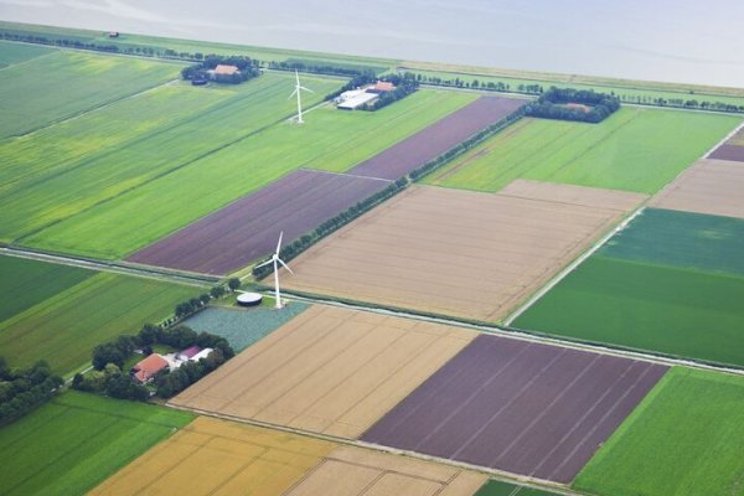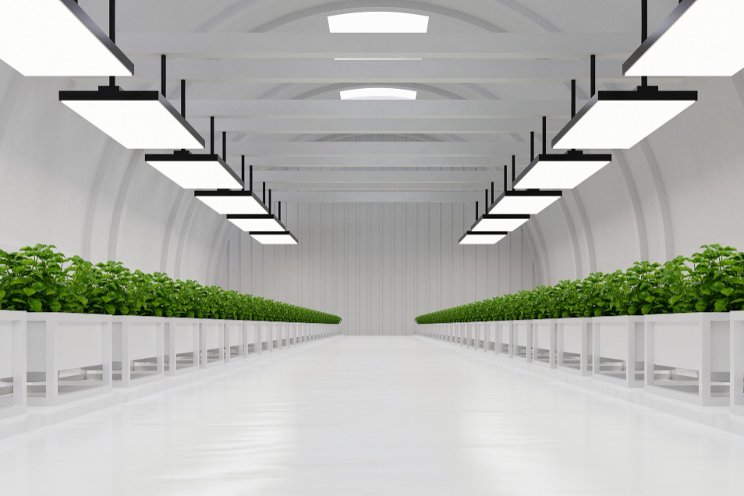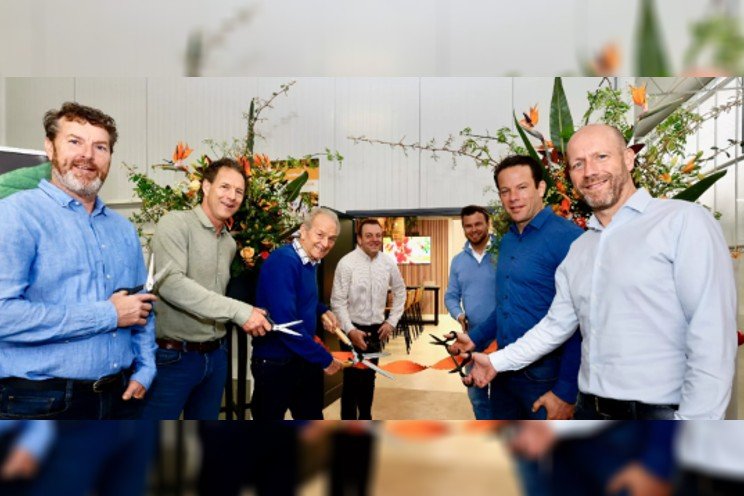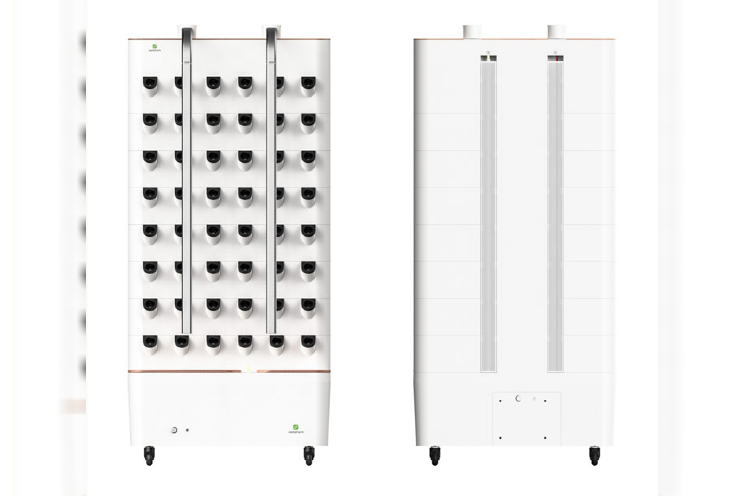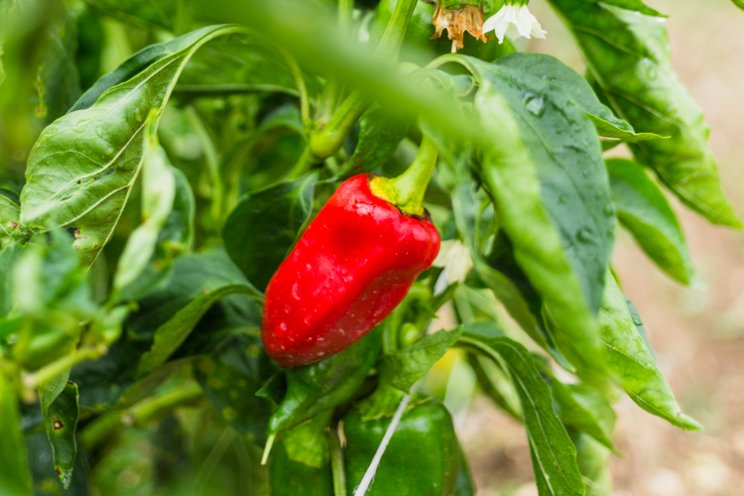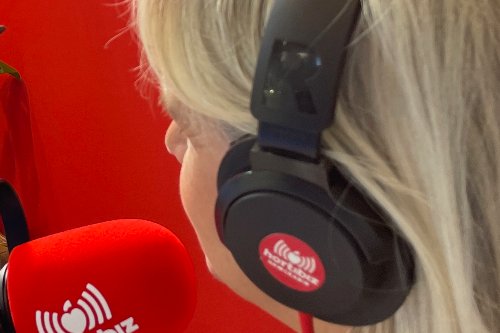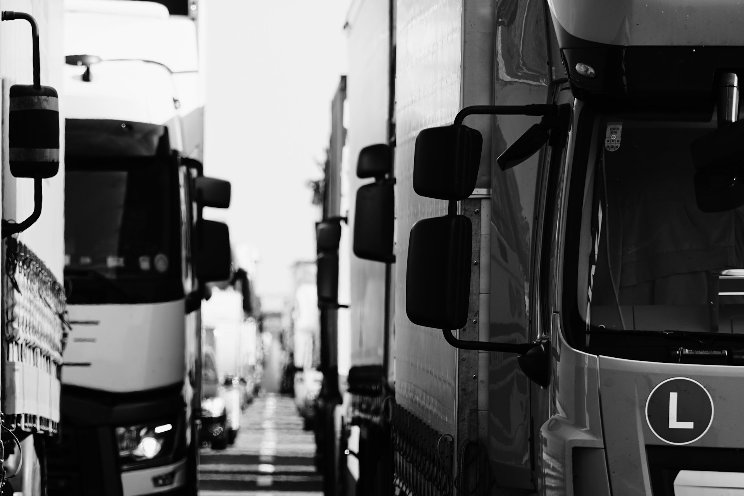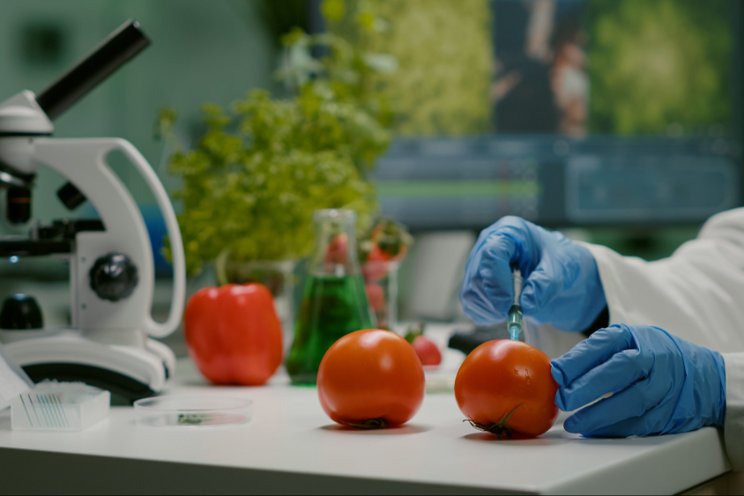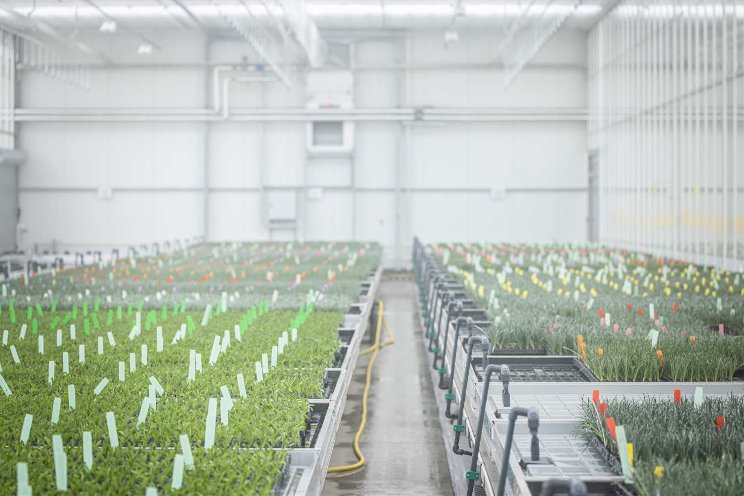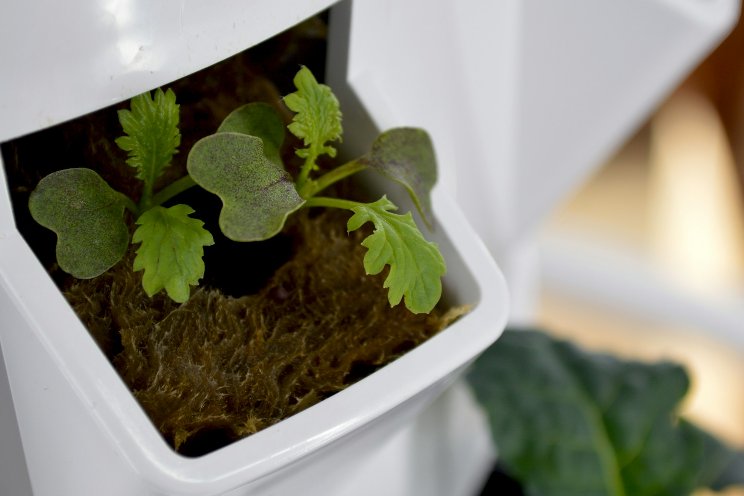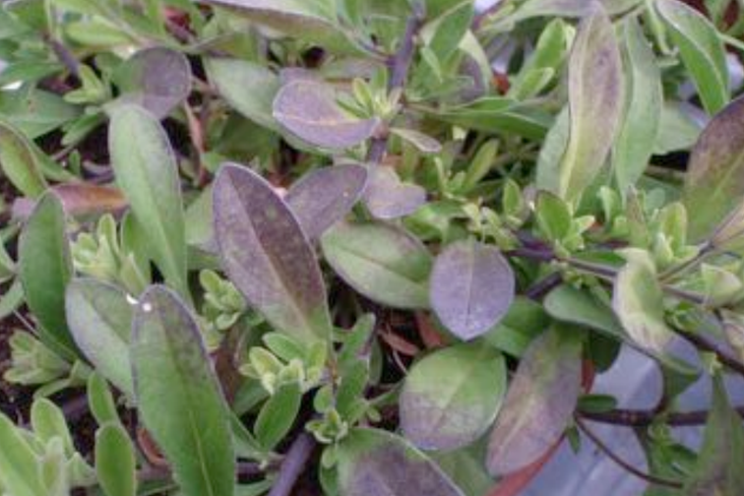The right cannabis cultivation method for your greenhouse
Added on 08 October 2021
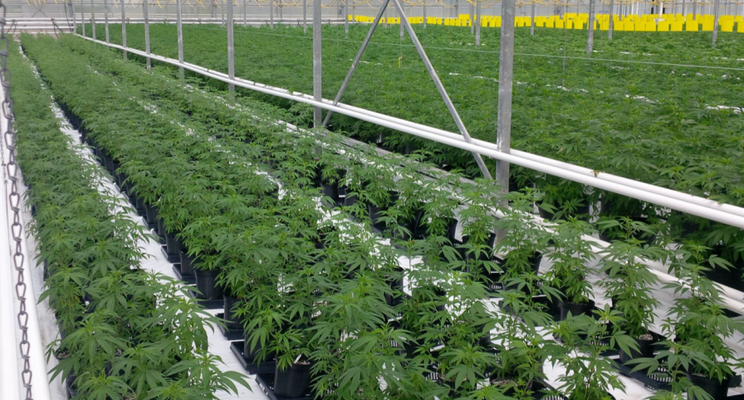
There are three ways to commercially cultivate cannabis: hydroponically, organically, or a hybrid of the two.
Hydroponics
Hydroponics is the practice of growing plants without soil. Instead, growers provide plants with an oxygenated, nutrient-rich solution delivered directly to the roots. The energy the plant would dedicate towards root growth in search of food and water in a traditional soil environment can instead be redirected to development on the top part of the plant — resulting in larger plants and bigger yields. Hydroponics also gives the grower complete control over nutrient management since the fertilizer solution is mixed with water-soluble mineral salts. Growers can control to the part per million exactly how much of each nutrient the plant receives.
Hydroponics usually incorporate a substrate that acts as a sponge to retain water and nutrients and slowly release them to the plant as needed. It also provides a structure for the roots to latch on to as the plant supports the weight of its own flowers. Traditional hydroponic substrates include rockwool, peat moss, vermiculite, perlite, and expanded clay pellets. These are sometimes mixed, or they may be used as a standalone substrate. Increasingly, other materials are being used as substrates in hydroponic cultivation, such as rice hulls, wood chips, and coconut shell fiber. They are industrial waste products that can be available cost-effectively in great abundance, depending on your location.
The most advanced methods of hydroponics use no substrate at all. In deep water culture (DWC) and nutrient film technique (NFT) systems, the plants sit directly in an oxygenated nutrient solution that covers the roots 24 hours a day. In aeroponics, the plants are suspended in the air, and the roots are sprayed with a fine nutrient mist. Growers that master these methods can realize unprecedented results in terms of faster crop cycles and increased yields, and they completely eliminate the risks of soil-borne pathogens since there is no soil.
However, cultivating hydroponically without a substrate is the riskiest way to grow. Cultivators must maintain precise temperature and oxygen levels in the nutrient solution at all times, or the roots can begin to rot. The nutrient solution in these systems is typically recirculated, so if one plant becomes sick, the disease will spread to the rest of the crop. Also, this method of growing leaves little room for error. These systems involve hundreds of valves, pumps, and tubes, and any malfunction in the system can leave a plant's root system exposed to dry air and heat. In this scenario, if the sun is shining or the grow lights are on, it's possible to lose a crop in a matter of hours.
Organics
Organic cultivation involves the use of soil and plant or manure-based composts. Organic soils are rich with living microbes that slowly break down components in the soil and release nutrients to the plant. Although scientific evidence is lacking, there is anecdotal evidence that organically grown cannabis exhibits a richer terpene profile than its hydroponically grown counterparts, meaning that organic cannabis smells and tastes better.
For this reason, organically grown cannabis flower can command higher prices at retail.
Launching a commercial cannabis cultivation business organically can be tricky. First, the raw ingredients for the soil and compost need to be sourced consistently. The key to successfully scaling a cultivation business is to do the same thing repeatedly and do it on a large scale. If the sources of your compost and soil supplies vary seasonally or potentially could run out, it will be difficult to establish consistency in your operation. Nutrient management can also be difficult since the grower can't measure out 100 ppm of nitrogen, mix it with water, and then apply it to their plants. Instead, they make compost or brew a compost tea and apply it to the soil. This method makes it more challenging to determine how much of a nutrient will be available to a crop and when.
Organically cultivated plants grow slower than hydroponically grown plants, tend to yield less, and are more labor-intensive. Currently, there is no national organic certification process for cannabis growers. Although this will likely change soon, at the moment, anyone can claim that their cannabis is grown organically. Growers looking to export to medical cannabis markets overseas should ask themselves if labeling their product as organic will be feasible. When was the last time you purchased medicine in a pharmacy that was labeled organic? If this won't be possible, be prepared to accept lower yields, slower growth, and a higher cost of production that you will likely not be able to recoup on the day of sale.
Hybrid Cultivation
A hybrid cultivation approach is common in large outdoor or greenhouse facilities where the goal is mass production at a low cost. Plants are grown in beds of soil amended with organic materials, but they are fed with water-soluble hydroponic nutrients. This way, the crop benefits from the health of the soil, and the grower can better control the nutrient requirements of the plant. The most significant disadvantage to hybrid cultivation is the risk of soil-borne pathogens in the growing beds. Damaging insects can be difficult to control, and mold spores can hide and remain dormant in the soil for months. There are chemical approaches to fumigating a soil bed, but they are generally prohibited in the production of medicinal cannabis.
The best cannabis cultivation method for your business should strike a balance between complexity and profitability. If you're selling whole flower to a dispensary, grow hydroponically indoors or in a greenhouse. If you're growing large-scale for biomass extraction, take a hybrid approach outdoors. If you're growing to create premium, live flower concentrates, try your hand at organics.
Regardless of the method you choose, make sure to plan ahead, hire the best grower you can afford, and then go for it!
Source and Photo Courtesy of Greenhouse Grower
Source: Greenhouse Grower
More news

